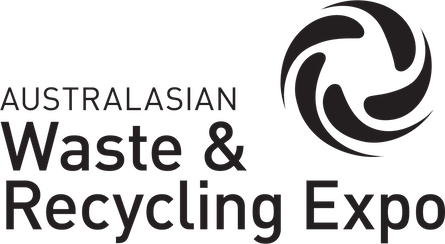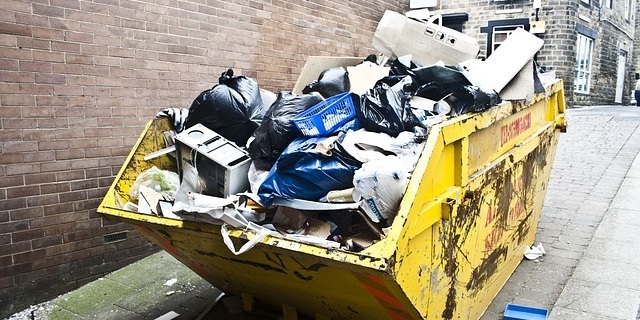The cost of landfill disposal in Australia
The cost of disposing waste at Australian landfills can often climb up to A$105 per tonne—expenditure that usually always finds its way back to councils, businesses and families.
To compound this issue, the latest National Waste Data Report reveals that while Australia’s population rose by 22 per cent from 1997 to 2012, waste generation soared by 145 per cent.
This has forced most state and territory governments to introduce a landfill levy for councils and companies, with Queensland the only mainland state yet to implement one. These costs are ultimately funnelled down to the rate payer.
So in light of this, what methods are being put in place to improve landfill disposal across the country?
The cost of not recycling
Presently, 52 per cent of all waste is recycled and the rest ends up in landfill. This substantial percentage is a result of a range of measures put in place to encourage Australians to alter their recycling habits. Why? To take the pressure off local councils who previously bore a significant proportion of the burden.
For example, South Australia’s efforts launched a successful container deposit scheme, which has been running since 1977. The program is now being emulated in other states.
Sustainability Minister Ian Hunter said the scheme has driven drink containers in landfill down to 2.9 per cent, the lowest in the country.
“South Australians have really embraced this legislation,” he said. “I think it’s the only piece of legislation, or the only law that’s been declared a heritage icon.”
On the other side of the country, Queensland and New South Wales are working together to roll out a cash-for-containers scheme, where people will be able to insert containers into vending machines and receive a cash incentive on the spot.
“No one wants an outcome where the rules that apply to a bottle of soft drink sold at Tweed Heads (on the Queensland/New South Wales border), are different to the one you buy at the Gold Coast,” Hunter said.
Private companies and government bodies are also turning to university programs for new innovation in the recycling sphere.
Some of the projects being worked on at present include:
- New technologies to recycle PVC and aluminium products in a cost effective way
- Injecting carbon dioxide into recycled products to improve the quality and;
- A graphene to separate oil and water.
Innovyz is one of the private companies taking up the projects, and chairman Philip Vafiadis said he was pleased with the engagement from the participating universities.
“[This has] opened up amazing opportunities for Australian invention and research to be the seeds of important new companies,” he said.
Food waste choking up our landfill sites
Federal Government figures released in 2013 revealed that food waste alone costs Australians more than $8 billion each year.
The damage this causes extends beyond just occupying space at landfill sites, with food waste generating an estimated 6.8 million tonnes of carbon dioxide into the atmosphere.
A range of education and incentive schemes have been released across Australia, but one of the biggest issues is also being addressed: the absence of alternative treatment technology and infrastructure.
To combat this, a pilot program will commence in Perth’s South Metropolitan Regional Council this October, where residents will receive a third bin for food waste.
This waste will be sent to compost facilities, while hard rubbish goes to landfill and the yellow lid bins’ contents recycled.
Other methods being employed to reduce landfill
There are many examples of Australian waste management sites employing innovative techniques to improve landfill disposal.
Landfill gas systems, including the award-winning system, at Tasmania’s Dulverton Waste Management, are being used to extract methane and offset carbon dioxide emissions.
DWM chairman Grant Atkins said the award proved that it wasn’t just the big fish in the industry that were capable of coming up with groundbreaking innovation.
“It’s a commendable achievement to be ahead of the large-scale and other highly technical landfill operators that exist across Australia,” he said.
Automation is also assisting the waste management process, like the system in place at Toowoomba Regional Council Waste Service in Queensland.
Electronic gates, digital CCTV, security and building management systems are all being implemented at the Toowoomba facility to streamline and improve the waste management service.
The federal, state and local governments are also rolling out education programs to assist in the reduction of waste ending up landfill sites. These include tips on how to compost at home; grants and rebates available for compost solutions; pilot programs for food service companies to assist with their waste practices, and support for businesses to source food wastage to use as compost and fertiliser.
The Australasian Waste & Recycling Expo runs from August 23-24 at the Melbourne Convention & Exhibition Centre.
Want more? Register free now for AWRE 2017 to stay up-to-date with the latest.
-
Subscribe to the latest industry news, insights and AWRE updates.
- Subscribe

